A Chef’s Guide to Real Mediterranean Eating (That Won’t Break the Bank)
I’ve spent more than two decades in professional kitchens, from the chaos of city restaurants to the calm of culinary schools. But you know where I really learned about food? In the small villages of Greece and Southern Italy. It was there I discovered that the Mediterranean “diet” isn’t a diet at all—it’s just… life. It’s all about simple ingredients, sharing meals, and having a genuine respect for what you’re eating. It’s no wonder people are drawn to it; it feels right, sustainable, and frankly, delicious. You’re not cutting things out so much as choosing them with a little more thought.
In this article
This way of eating is inspired by the traditional foods you’d find in countries around the Mediterranean Sea, back before processed stuff took over every shelf. It’s a blueprint rich in vegetables, fruits, whole grains, and fantastic healthy fats. Meat isn’t the star of the show; it’s more like a supporting actor used for flavor. I want to walk you through what I’ve learned, not just with recipes, but with the thinking and techniques that make this lifestyle so enjoyable and good for you.
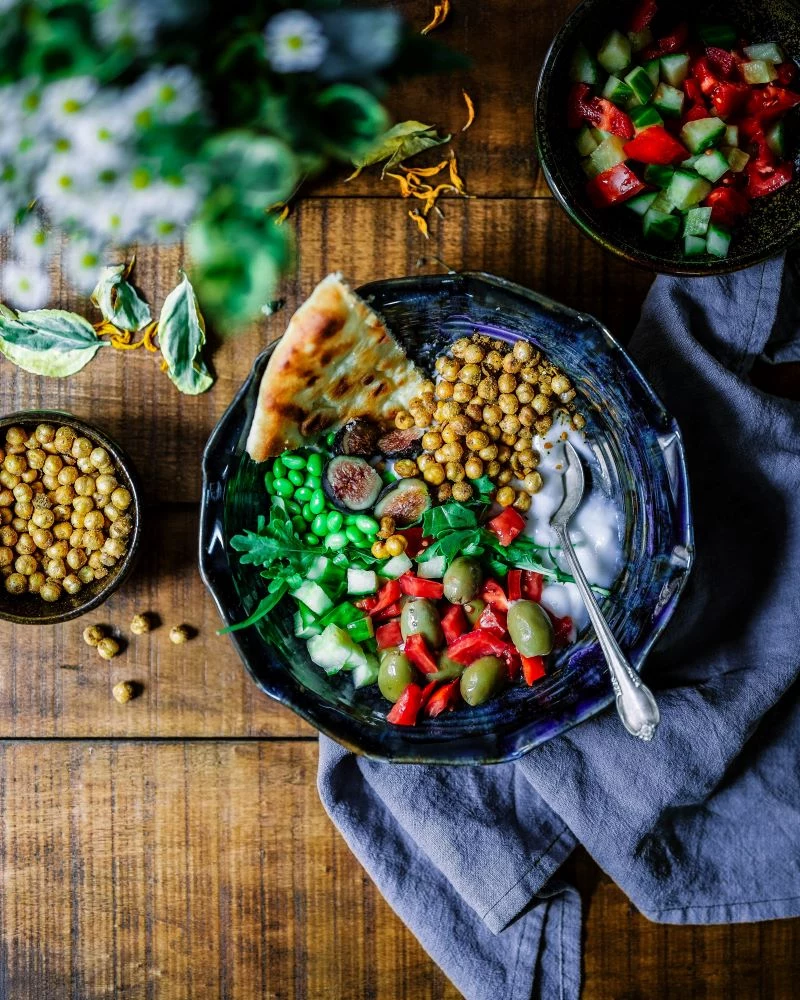
Why This Way of Eating Actually Works
People always ask me, “What’s the magic trick here?” And honestly, there isn’t one. It’s all based on solid, well-researched nutritional principles. Once you get the ‘why,’ making the right choices in your own kitchen becomes second nature.
First off, let’s clear something up: this is not a low-fat diet. Far from it. It’s rich in healthy monounsaturated fats, and the gold standard here is extra virgin olive oil. Major studies have shown that the primary fatty acid in olive oil is a powerhouse when it comes to reducing inflammation and supporting heart health. See? It’s about the quality of the fat, not just the quantity.
Then you have your Omega-3s. These come from fatty fish like salmon, sardines, and mackerel. Think of Omega-3s as your body’s internal fire department, because they are incredible anti-inflammatory agents. Since chronic inflammation is tied to so many health problems, making fish a regular part of your week is a cornerstone of this lifestyle.
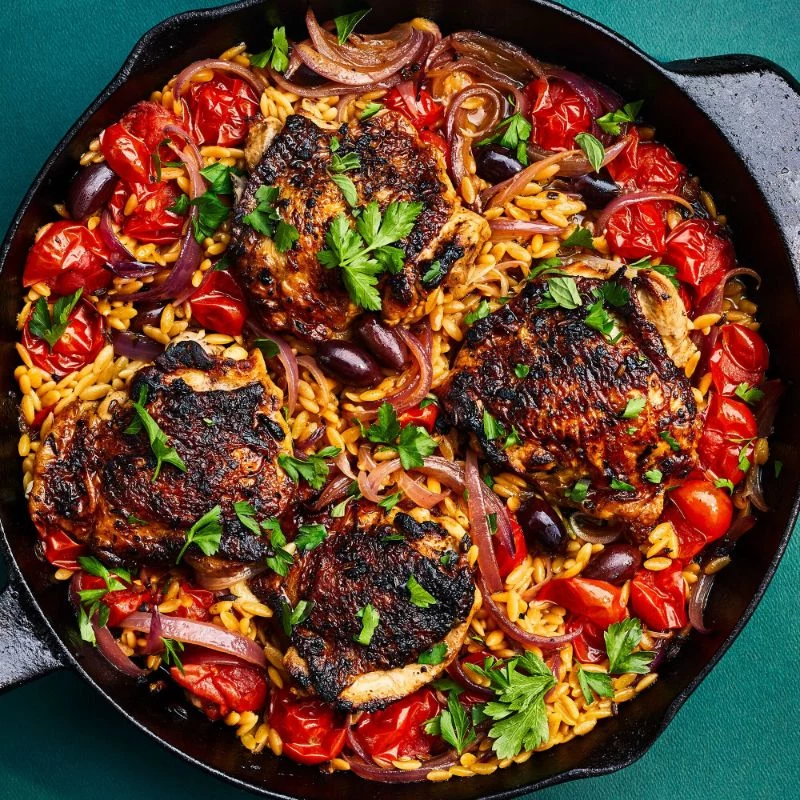
You also get a massive dose of antioxidants and polyphenols. These are the protective compounds found in colorful fruits and veggies, nuts, and even a little red wine. They’re like your body’s personal rust-proofing service. That vibrant plate of food with deep red tomatoes, dark leafy greens, and bright peppers? That’s a visual cue that you’re loading up on protective nutrients.
And we can’t forget fiber. Whole grains, legumes like beans and lentils, and all those vegetables deliver fiber in spades. Fiber is absolutely crucial for a happy digestive system—it feeds the good bacteria in your gut, which more and more research links to everything from your mood to your immune system. It also helps you feel full and satisfied, which is a huge bonus.
It’s a Vibe, Not a Rulebook: Regional Flavors
A huge mistake people make is thinking this is one single, rigid plan. The truth is, it’s incredibly diverse. The core ideas are the same, but the food changes completely depending on what grows locally. I’ve had the chance to cook in a few of these places, and the differences are what make it so exciting.
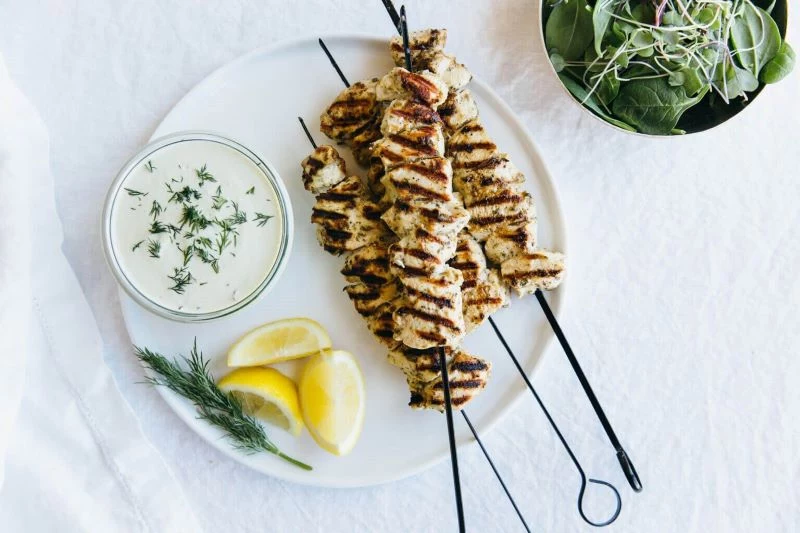
- In Greece, the vibe is rustic and fresh. They love wild greens (called ‘horta’), often just boiled and dressed with a squeeze of lemon and good olive oil. Lentils and beans are workhorses for hearty soups, and tangy feta cheese adds a salty kick. The dominant flavors? Lemon, oregano, and garlic. A great first dish to try is a classic Horiatiki salad—just tomatoes, cucumber, red onion, and feta with a simple olive oil and oregano dressing.
- In Southern Italy, it’s all about bright, simple flavors. Think tomatoes and pasta, but not the heavy stuff. Sauces are often just fresh tomatoes, basil, garlic, and olive oil. They use little flavor bombs like anchovies to add a deep, savory punch. For a super-easy start, try making Pan con Tomate (or bruschetta): toast some good bread, rub it with a raw garlic clove, and top with chopped fresh tomatoes and a drizzle of olive oil.
- On the Spanish coast, the culture of ‘tapas’ (small plates) encourages variety and natural portion control. Smoked paprika, or ‘pimentón,’ gives many dishes a signature smoky flavor. A must-try beginner dish is Gambas al Ajillo—shrimp sizzled in a dish with tons of garlic, olive oil, and a pinch of chili.
- In North Africa, like Morocco, the flavor profile shifts to warm and aromatic. You’ll find couscous as a staple, and tagines (slow-cooked stews) make everything incredibly tender. Spices like cumin, coriander, and cinnamon are key. A unique ingredient is preserved lemon, which adds a salty, tangy flavor you just can’t replicate.
The point is, you have freedom! Adapt the principles to what you can find and what you love to eat.
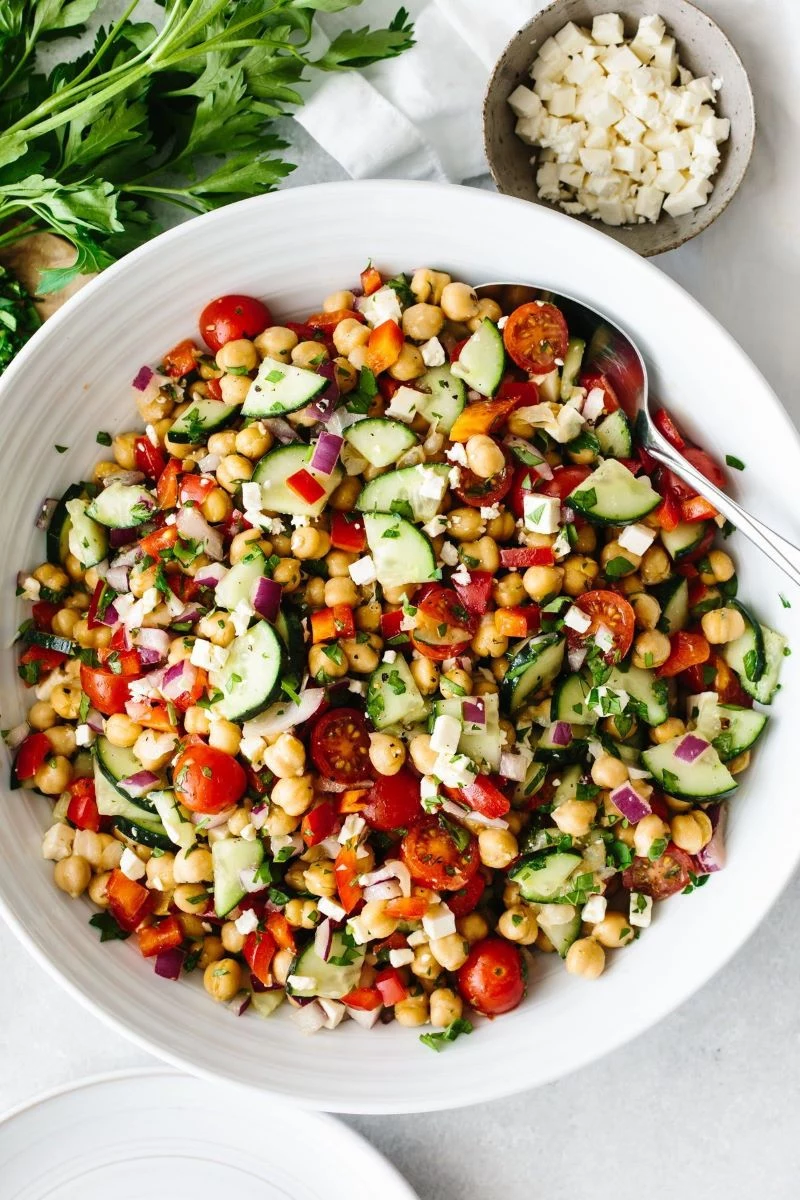
Stocking Your Mediterranean Kitchen
To make this a habit, you need the right stuff on hand. It’s all about having the building blocks ready to go.
Olive Oil: Your Kitchen’s MVP
This is non-negotiable. You need a quality Extra Virgin Olive Oil (EVOO). When you’re shopping, look for a harvest date on the bottle—oil is a fresh product and goes bad. It should also be in a dark glass bottle or tin to protect it from light. A good one will taste fruity and have a slightly peppery finish. That little kick in your throat? That’s a good thing! It’s from a natural anti-inflammatory compound.
Quick tip: Look for quality seals like PDO or PGI, which certify the origin. And be realistic about price. A legitimate bottle of EVOO will likely run you $15 or more for a 500ml bottle. Anything much cheaper is probably not the real deal.
A personal story… I once tried to impress someone by searing scallops in my fanciest, most expensive finishing oil. I filled the kitchen with smoke, ruined the delicate flavor of the oil, and wasted a good $30. Don’t be like me! Use your best EVOO for drizzling on salads, soups, or grilled fish right before serving. For everyday cooking, a less expensive regular olive oil is perfectly fine.
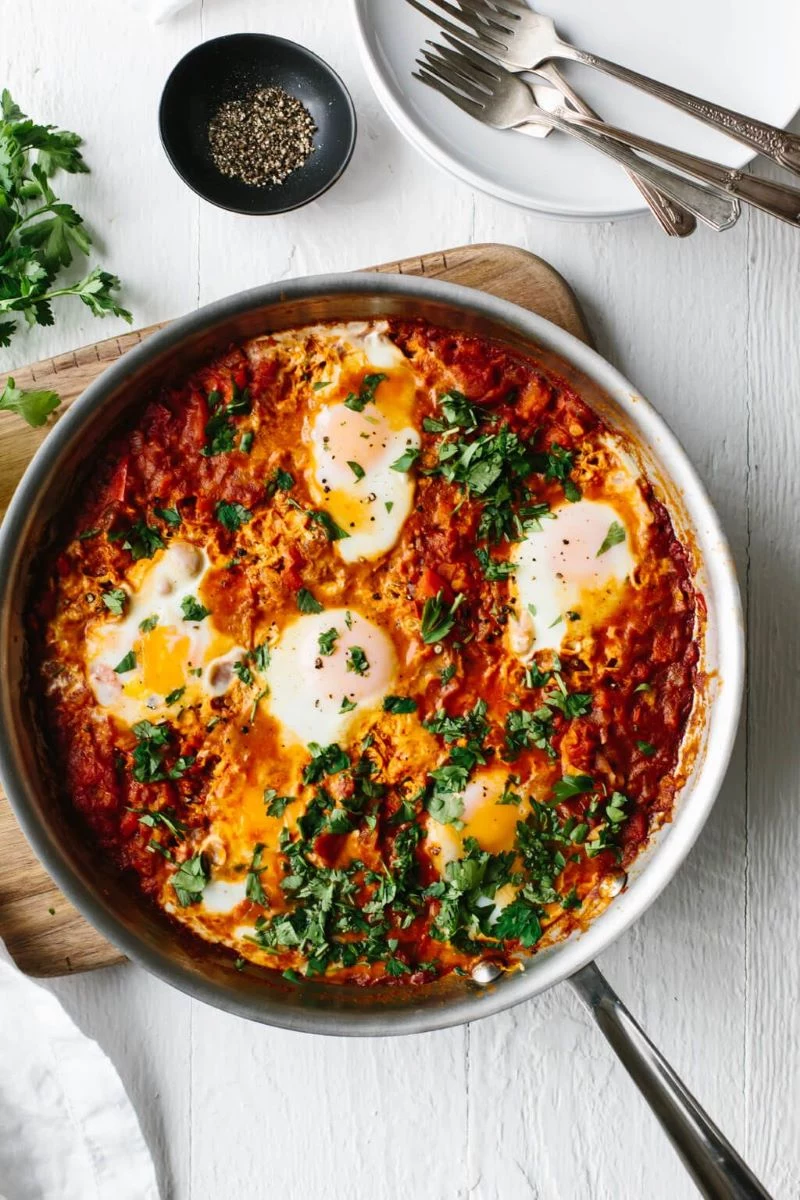
Veggies and Fruits: The Heart of Every Meal
Your plate should be mostly vegetables. The easiest way to do this is to eat with the seasons. Seasonal produce is always fresher, tastes better, and is way cheaper. In the summer, I’m all about tomatoes and zucchini. In the winter, it’s squash, kale, and root veggies.
Pro-Technique: Roasting is your best friend. It caramelizes the natural sugars in vegetables and makes them taste amazing. Just toss them in a little olive oil, salt, and pepper, and roast at 400°F (200°C) until they’re tender and have those nice brown, crispy edges.
Fish and Seafood: The Smart Protein
Aim for fish a couple of times a week. When buying fresh, trust your nose—it should smell like the ocean, not “fishy.”
Budget-friendly tip: Fresh fish can be pricey, I get it. Don’t sleep on the freezer aisle! Fish is often flash-frozen right on the boat, and the quality can be excellent. Canned sardines, mackerel, and salmon are also fantastic, affordable options that are perfect for a quick lunch.
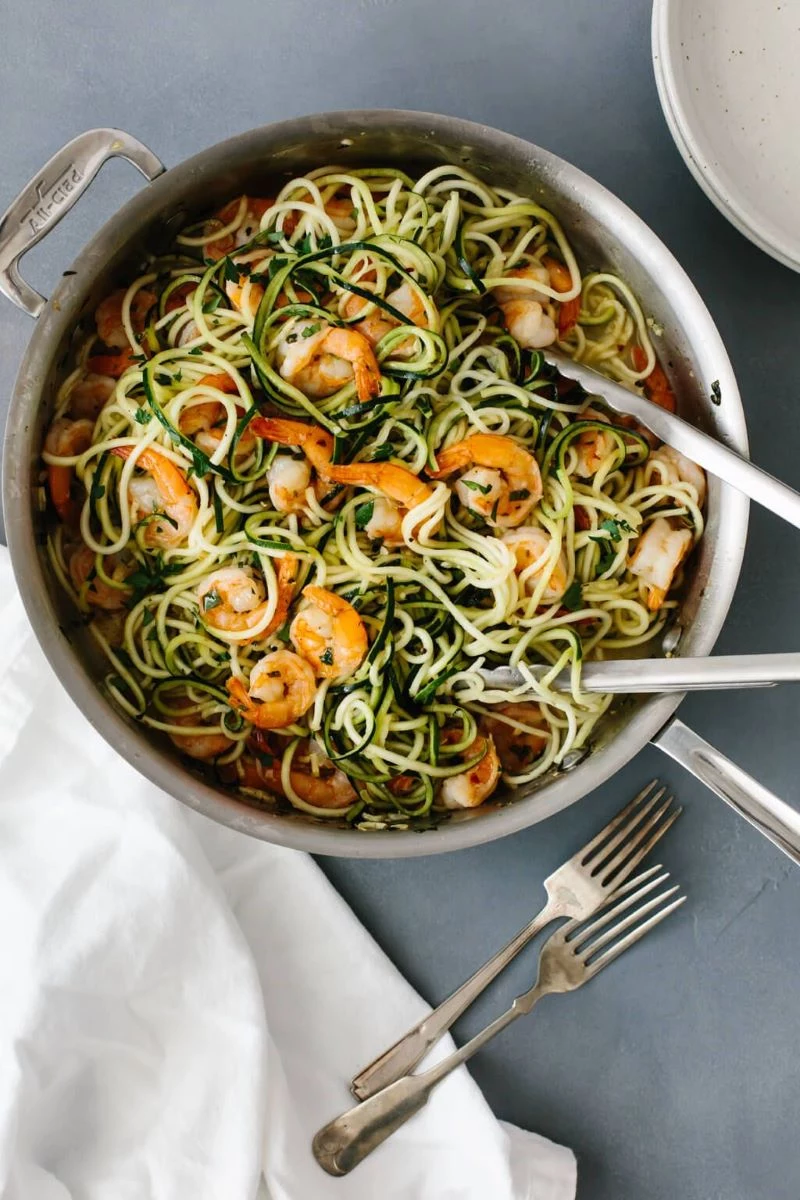
Heads up! Be mindful of mercury in larger fish like swordfish and some tuna. It’s generally better to stick with smaller fish like sardines, anchovies, and salmon.
Whole Grains and Legumes: The Unsung Heroes
These are the workhorses of the pantry. They’re cheap, filling, and so good for you. Ditch the white bread and pasta for whole-grain versions. Better yet, explore things like farro, barley, and bulgur for amazing texture and nutty flavor.
To save some serious money: Learn to cook dried beans. Yes, canned is easy, but homemade is worlds better in taste and texture, and you control the salt. A $3 bag of dried chickpeas will give you the equivalent of 4-5 cans, which could easily cost you $6-7. Just soak them overnight, then simmer in fresh water until tender. I make a big batch on Sunday to use all week.
So, What Do I Actually Eat? A Simple Start
It’s easy to get lost in all the info. So what about breakfast? Or snacks? It’s simpler than you think.
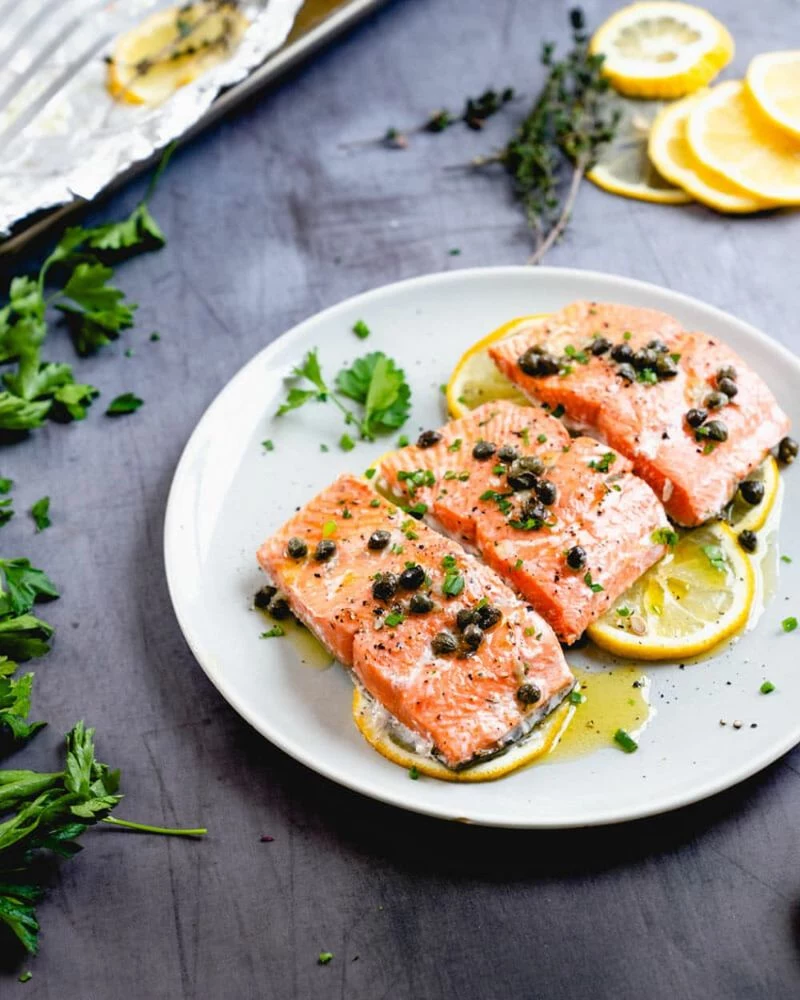
- For Breakfast: Think Greek yogurt with some berries and a sprinkle of nuts, whole-grain toast with avocado and a pinch of chili flakes, or a simple veggie omelet.
- For Snacks: A handful of olives or almonds is perfect. Or try some feta cheese with cucumber slices, or hummus with carrot and bell pepper sticks.
Common Mistakes to Avoid
As you get started, a couple of common pitfalls can trip you up. Here’s what to watch for:
- The Olive Oil Flood. Yes, it’s healthy, but it’s not a zero-calorie food! A drizzle for finishing or a tablespoon for cooking is usually all you need. Don’t drown your food in it.
- Forgetting the Flavor Engine. Real Mediterranean flavor comes from fresh herbs, garlic, onions, spices, and a squeeze of lemon. If your food tastes bland, you’re probably not using enough of them. Don’t rely on heavy, creamy sauces.
Let’s Get Cooking: A Few Foolproof Recipes
Time to put this into practice. These are go-to recipes I’ve made hundreds of times, with a few notes on why they work.
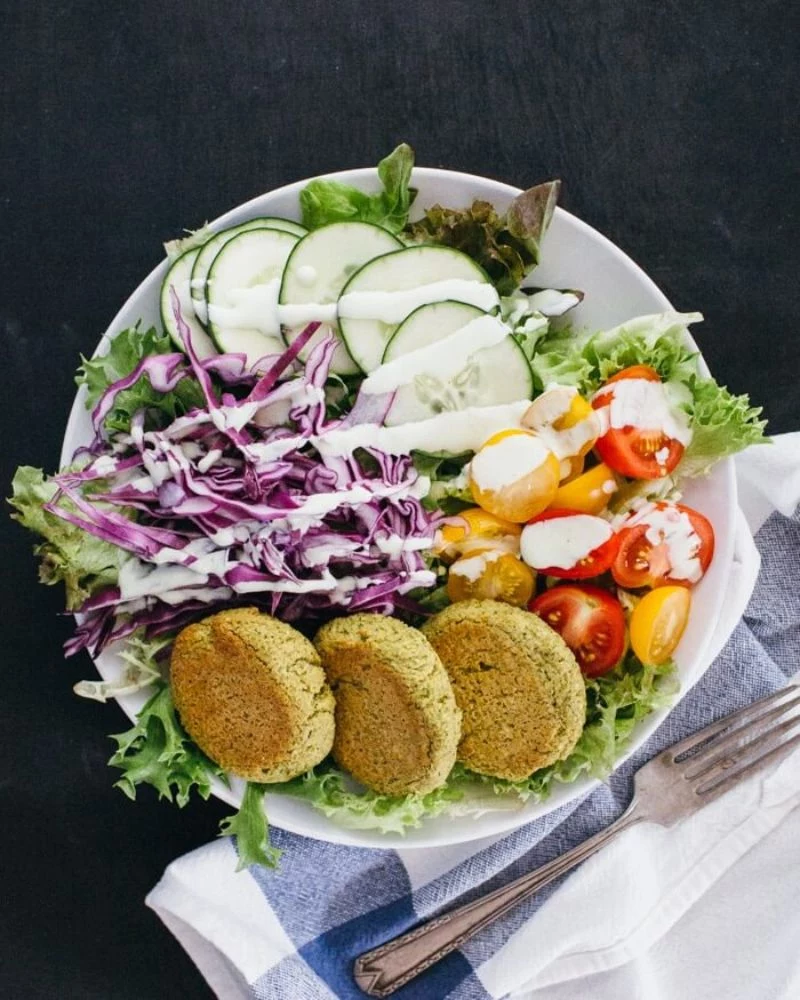
1. One-Pan Skillet Chicken with Tomatoes and Olives
This is the essence of this style of cooking: simple, rustic, and packed with flavor.
You’ll Need: 4 bone-in, skin-on chicken thighs; 1/4 cup lemon juice; 3 cloves sliced garlic; 1 tbsp chopped fresh rosemary; 2 tsp chopped fresh oregano; 3 tbsp olive oil; salt and pepper; 1 red onion cut into wedges; 1 pint cherry tomatoes; 1/3 cup Kalamata olives; 1 cup orzo; 1 1/2 cups chicken broth; fresh parsley.
How to Make It: Marinate the chicken in lemon juice, garlic, herbs, and 2 tbsp of oil for at least 30 minutes. Pat the chicken completely dry (this is CRITICAL for crispy skin!) and season with salt and pepper. Heat 1 tbsp of oil in an oven-safe skillet over medium-high heat. Sear the chicken skin-side down for 6-8 minutes without moving it, until it’s deep golden brown. Flip, cook for 3-4 more minutes, then set aside. In the same pan, cook the onion and tomatoes for 5 minutes until they soften and the tomatoes start to burst. Stir in the orzo, olives, and broth, scraping up any brown bits from the bottom of the pan (that’s pure flavor!). Bring to a simmer, nestle the chicken back in skin-side up, cover, and cook on low for about 15 minutes until the orzo is tender. Garnish with parsley and you’re done.
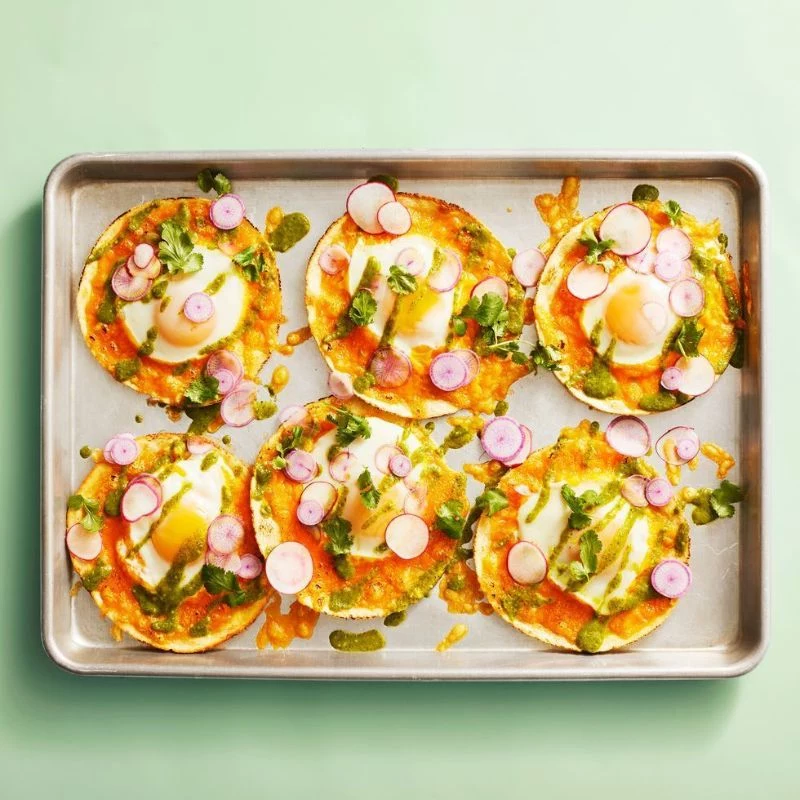
2. A Seriously Good Chickpea Salad
This is a perfect meal-prep lunch. The key is a bright, acidic dressing.
For the Salad: 2 cans of chickpeas (rinsed); 1 diced English cucumber; 1 diced red bell pepper; 1 pint halved cherry tomatoes; 1/2 thinly sliced red onion; 1/2 cup crumbled feta; 1/2 cup chopped parsley; 1/4 cup chopped mint.
For the Dressing: 1/2 cup EVOO; 1/4 cup fresh lemon juice; 1 minced garlic clove; 1 tsp Dijon mustard; salt and pepper.
How to Make It: First, make the dressing. Shake or whisk all the dressing ingredients in a jar. The mustard helps it all stay together. In a big bowl, combine all the salad ingredients except the feta. Pour about half the dressing over, toss, and let it sit for at least 15 minutes to marinate. Just before you serve, gently toss in the feta. Done.
3. Simple Baked Salmon with a Caper-Butter Sauce
This is my go-to for perfect, moist salmon every single time. The secret is a quick 15-minute brine. Don’t skip it!
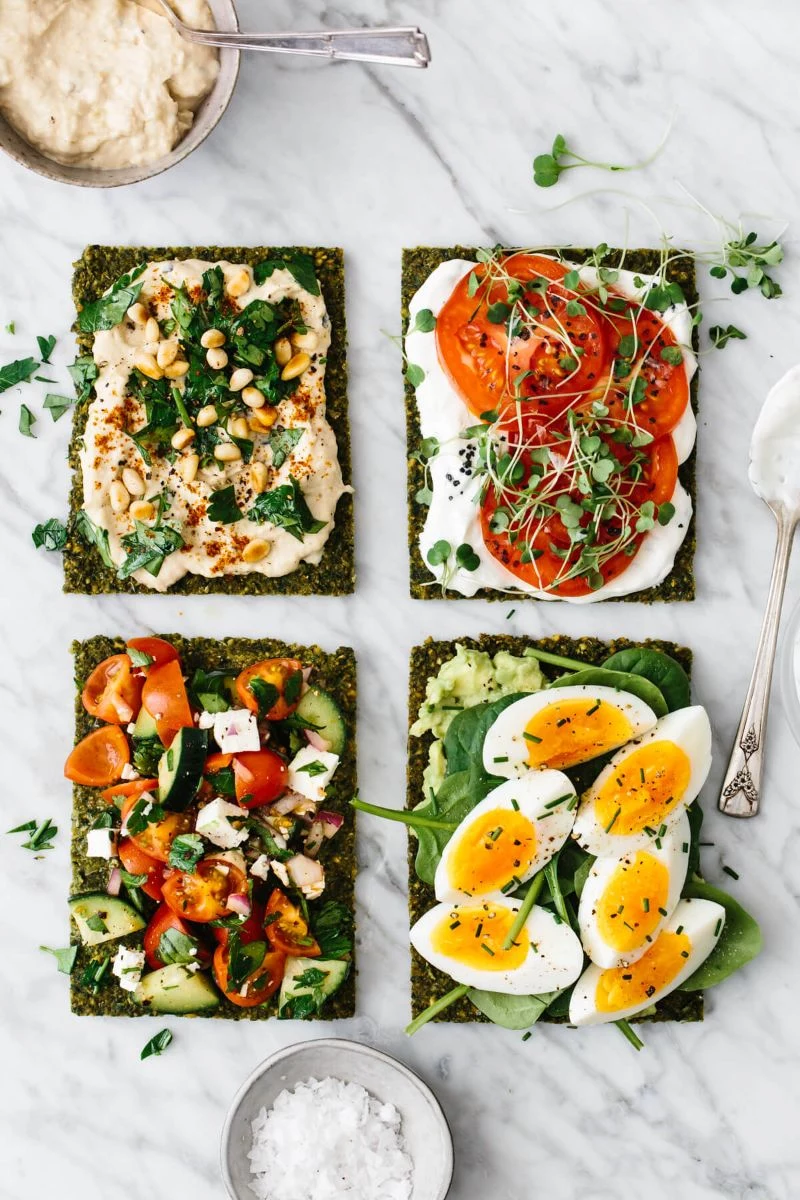
Why the brine works: Soaking the fish in a simple saltwater solution (3 tbsp salt to 4 cups water) does two amazing things. First, it helps the fish retain moisture so it doesn’t dry out. Second, it prevents that weird white gunk (it’s a protein called albumin) from leaking out while it cooks. It’s a 15-minute step that makes a world of difference.
You’ll Need: 4 salmon fillets (6-ounce each); for the brine (4 cups cool water, 3 tbsp salt); 2 tbsp olive oil; pepper; 2 tbsp butter; 2 tbsp capers; 1 minced garlic clove; parsley and lemon wedges for serving.
How to Make It: Place the salmon in the brine for exactly 15 minutes. No more! Preheat your oven to 400°F (200°C). Remove the salmon and pat it extremely dry. Place on a parchment-lined baking sheet, brush with olive oil, and season with pepper (no extra salt needed). Bake for 10-14 minutes, until it flakes easily. While it bakes, melt the butter in a small pan, then add the garlic and capers and cook for 2 minutes until fragrant. Spoon this amazing sauce over the hot salmon and serve with a squeeze of fresh lemon.
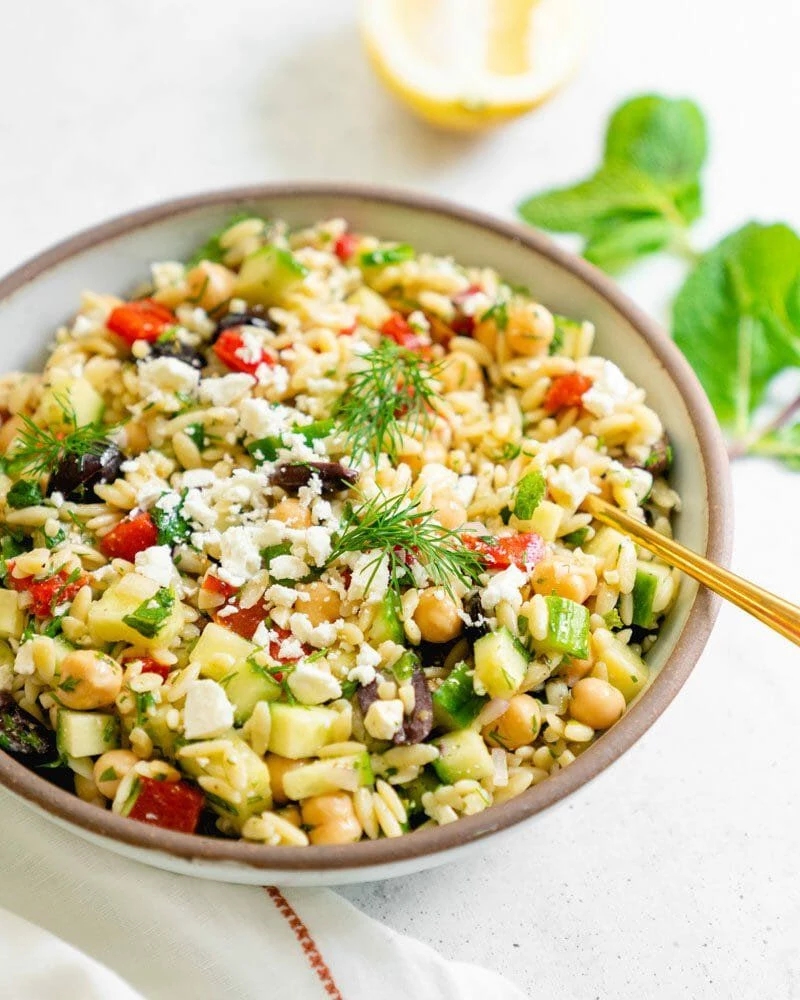
Your First-Week Action Plan
Feeling overwhelmed? Don’t be. Here’s how you can start today.
Your First Mediterranean Pantry Haul:
- A decent bottle of extra virgin olive oil
- A can of whole or crushed tomatoes
- A bag of dried lentils or chickpeas
- A head of garlic and a yellow onion
- A few fresh lemons
- A block of feta cheese (look for one packed in brine!)
- A loaf of whole-grain bread
With just these items, you can make a simple lentil soup, a chickpea salad, or toast with tomatoes and feta for days.
A Final Thought…
Remember, this is a guide, not a gospel. The real spirit of Mediterranean cooking is about being flexible and resourceful. Use what’s fresh, what’s local, and what you truly love to eat. Eat slowly, and whenever you can, share your food with people you care about. That’s the real secret to making this a joyful way of life that actually lasts.
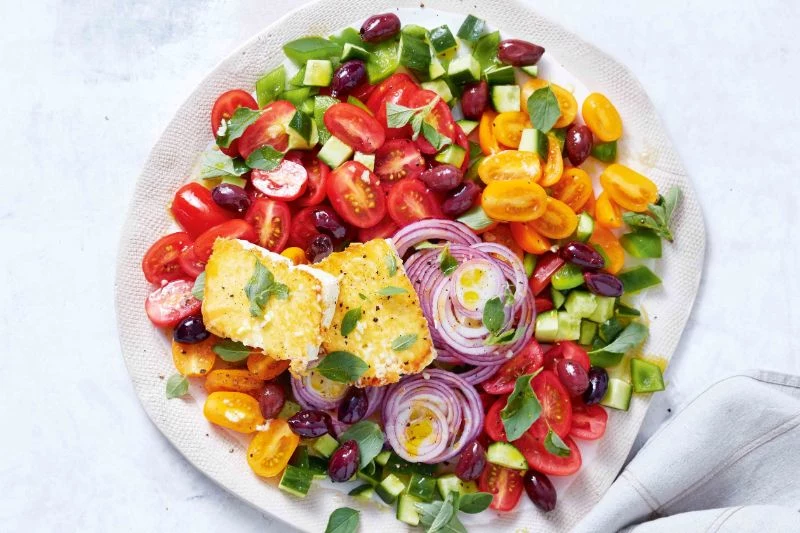
By the way, while this approach to eating is widely celebrated for its health benefits, it’s always a good idea to chat with a doctor or a registered dietitian before making big changes to your diet, especially if you have any health conditions. They can help you tailor things to your specific needs.
Inspirational Gallery
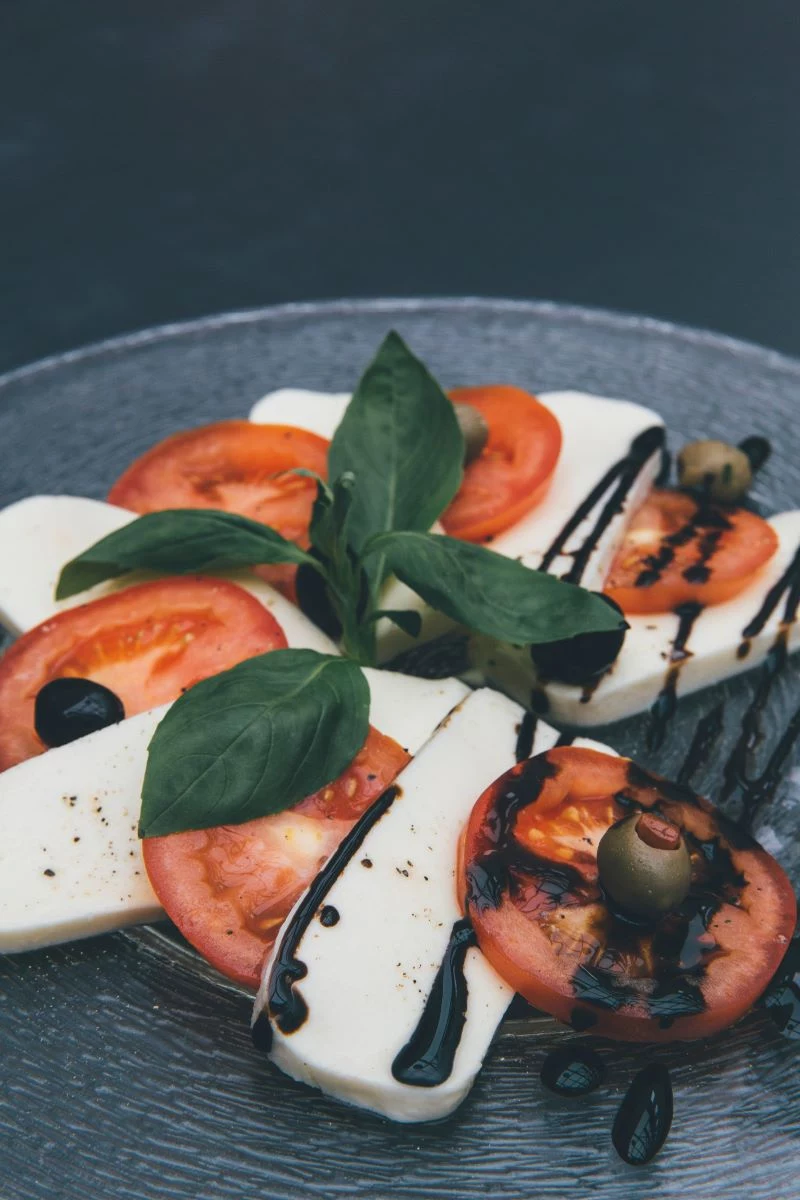
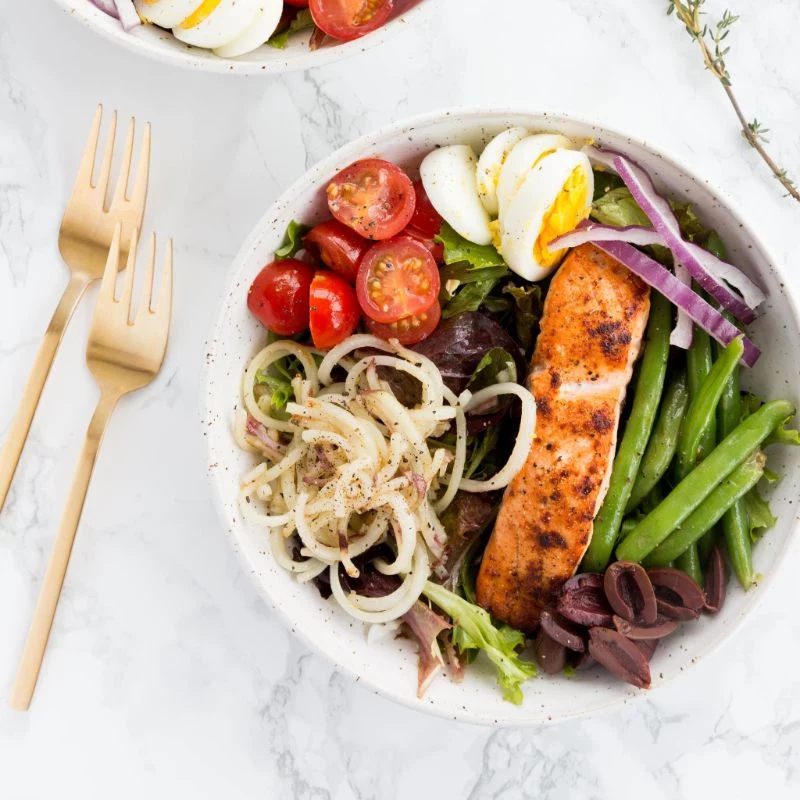
Building your Mediterranean kitchen doesn’t require a huge initial investment. Focus on these shelf-stable powerhouses that form the backbone of countless meals:
- Canned Legumes: Chickpeas, cannellini beans, and lentils are your best friends for quick salads, soups, and dips.
- Whole Grains: Think beyond pasta. Bulgur, farro, and barley add incredible texture and nutrients.
- Tinned Fish: High-quality sardines or mackerel in olive oil are an affordable and potent source of Omega-3s.
- Good Canned Tomatoes: A can of San Marzano style tomatoes, like those from Cento, can elevate a simple sauce to something special.
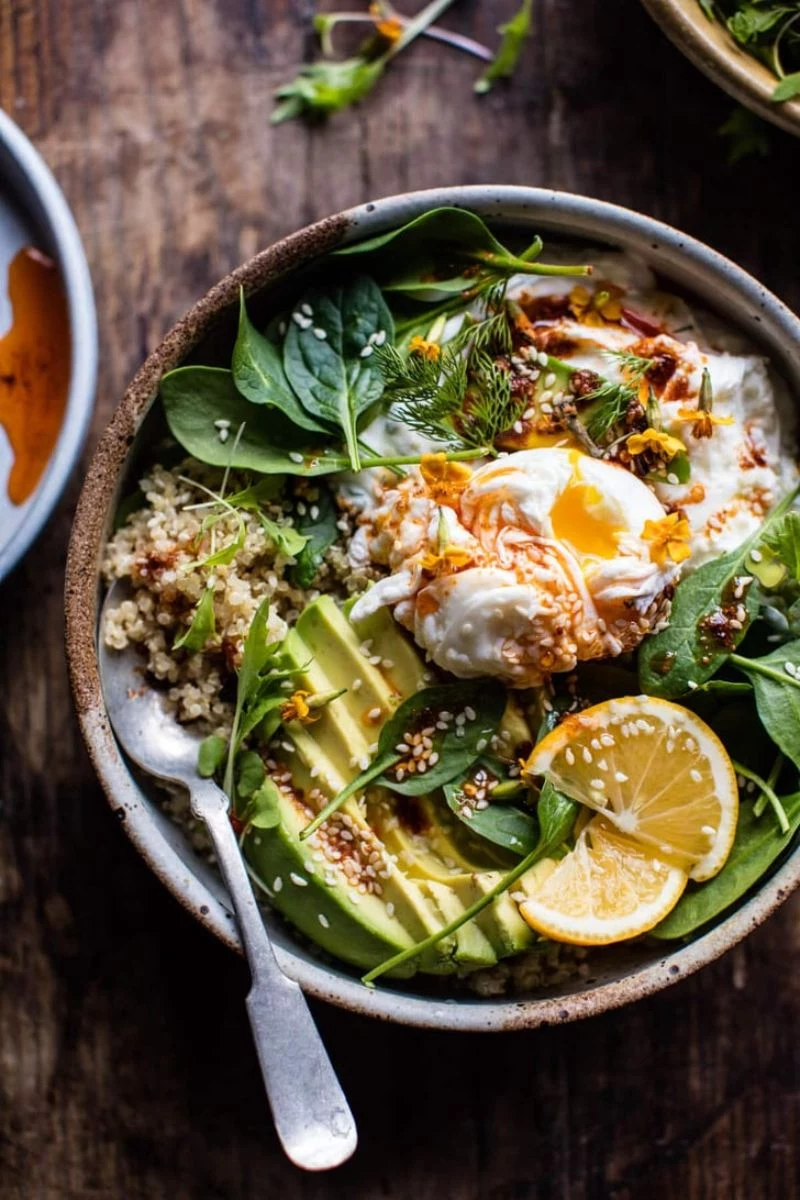
In many Mediterranean kitchens, the herb pot is more important than the salt shaker. Fresh oregano, rosemary, and thyme provide complex flavors that reduce the need for excess sodium.
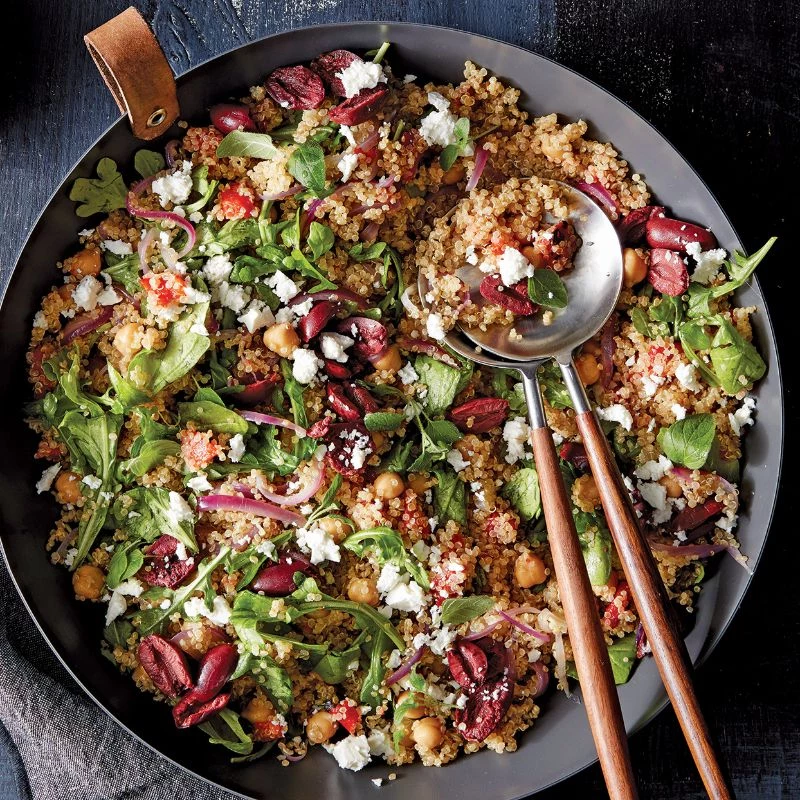
So, can I eat cheese every day?
While cheese is a beloved part of Mediterranean cuisine, it’s used as a flavor accent rather than the main event. Think of a crumble of sharp, salty feta over a salad or a few shavings of Pecorino on a vegetable dish. The key is using small amounts of high-quality, flavorful cheeses. It’s about impact, not volume. This approach lets you enjoy the taste without overdoing the saturated fat and calories.
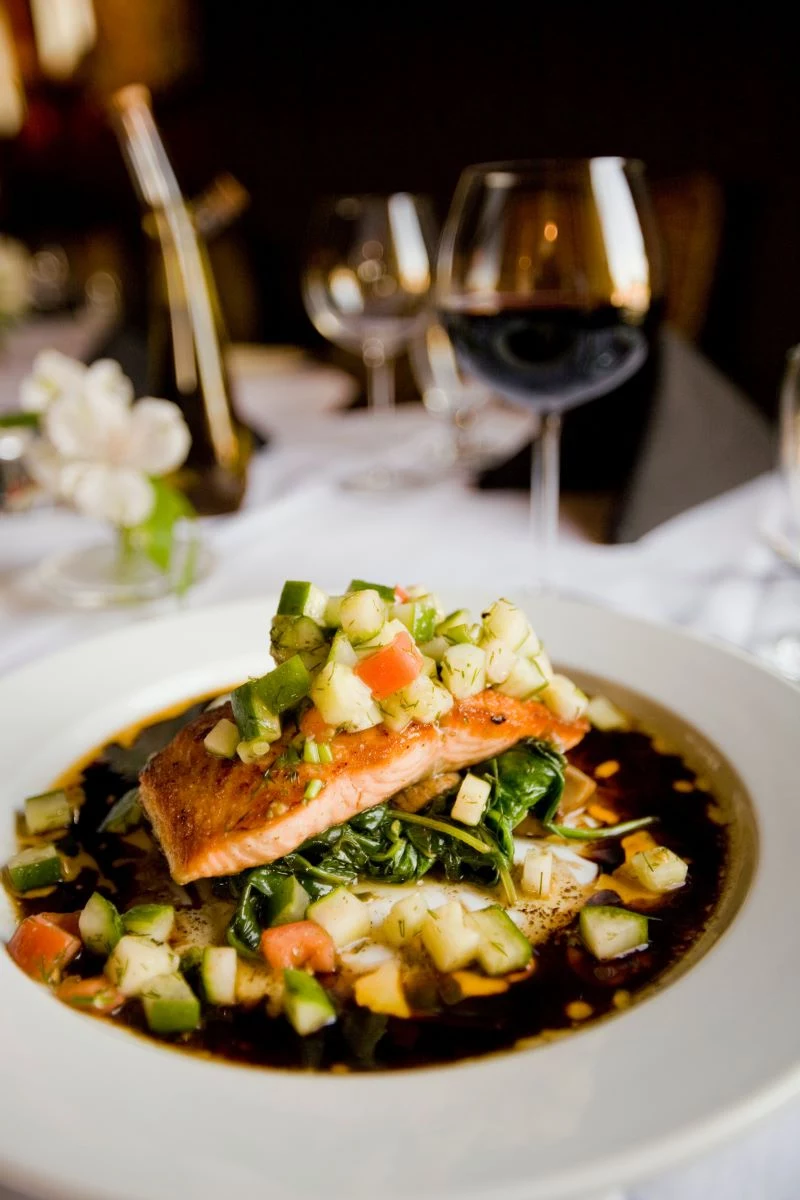
The real secret to making this lifestyle affordable and filling? Legumes. Often overlooked in Western diets, beans, lentils, and chickpeas are nutritional powerhouses packed with protein and fiber. A simple lentil soup (fakes in Greek) or a chickpea and vegetable stew can be more satisfying and far cheaper than a meat-centric dish. They are the humble, everyday heroes of the Mediterranean table.
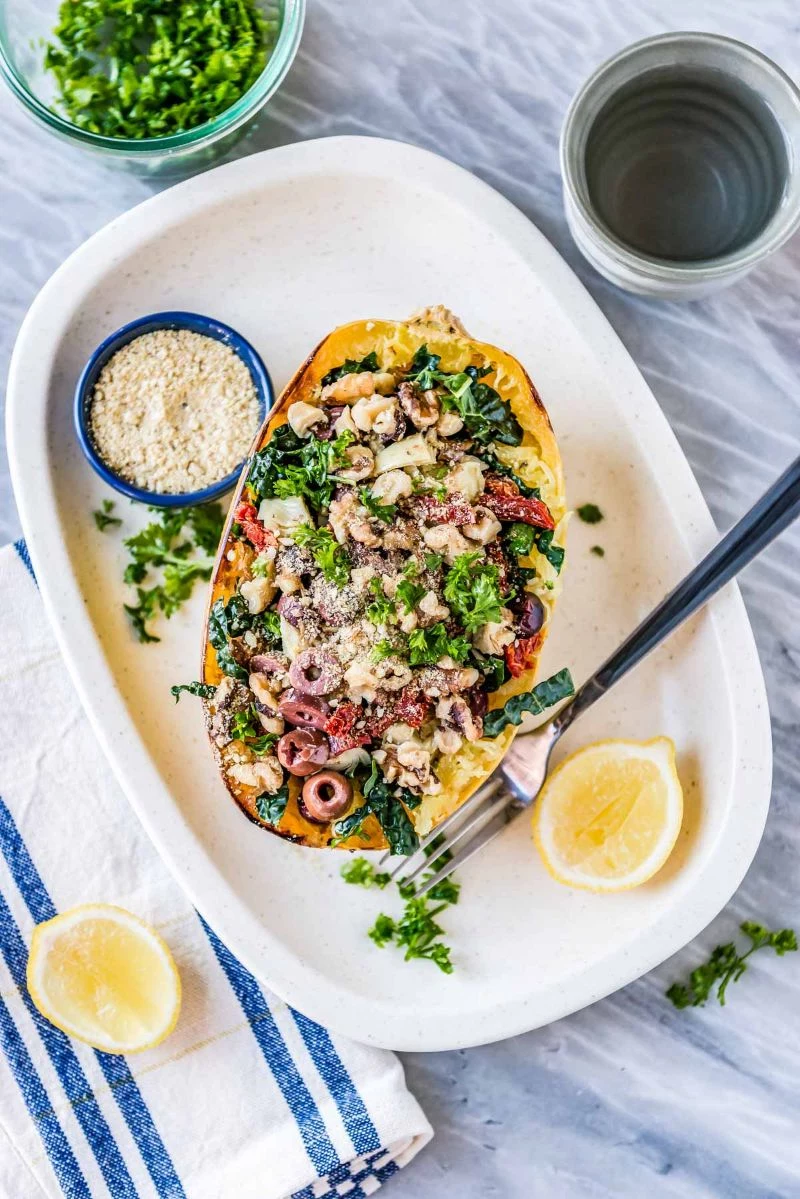
Standard Diced Tomatoes: Often picked when underripe and ripened with gas, they can be acidic and watery.
D.O.P. San Marzano Tomatoes: Grown in volcanic soil near Mount Vesuvius, brands like Mutti or Cento offer a product that is naturally sweeter, less acidic, and has a meatier texture. Perfect for a simple, sublime sauce that needs little more than garlic and olive oil.
For a few cents more per can, the upgrade in flavor is undeniable.
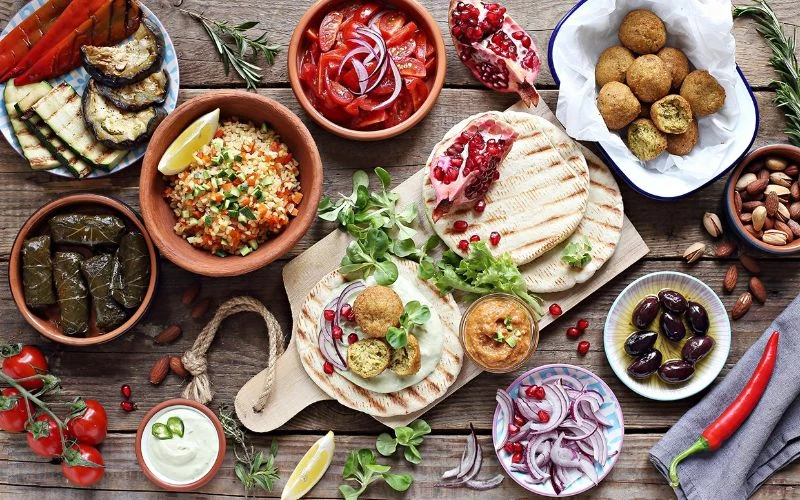
- Brightens up any simple green salad.
- Creates an impressive, last-minute appetizer with just a piece of crusty bread.
- Adds a flash of flavor to roasted vegetables or grilled fish.
The trick? A simple homemade herb oil. Gently warm extra virgin olive oil with a few garlic cloves and a sprig of rosemary or thyme for 10 minutes (don’t let it simmer!). Let it cool and steep. It’s a chef’s secret for instant flavor.
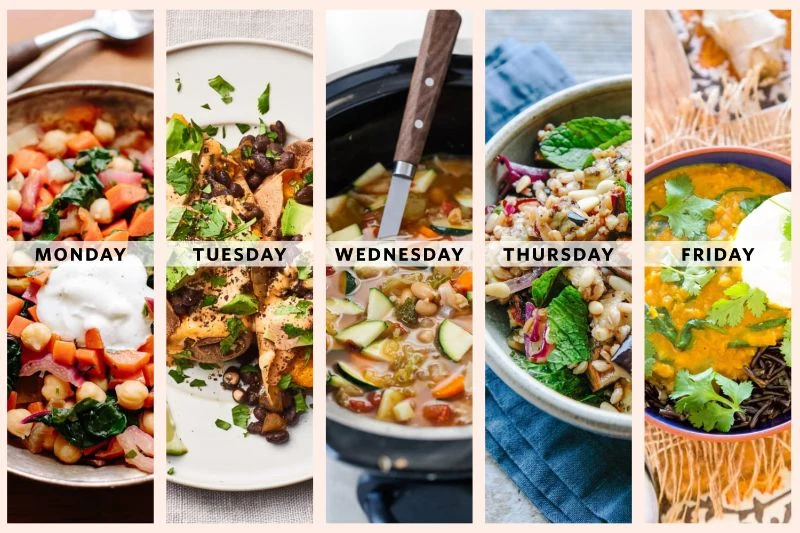
A study from the University of Oxford found that the more often people eat with others, the more likely they are to feel happy and satisfied with their lives.
This is the soul of Mediterranean eating. Embrace the
Think beyond crisp salads. One of the most authentic techniques is










